Introduction: Navigating Trade Winds with Small-Cap Stocks
Global trade policies, from tariffs to trade agreements, are like shifting trade winds, steering the fortunes of small-cap stocks—agile companies valued between $300 million and $2 billion. In Q1 2025, a 15% U.S. tariff on Chinese goods caused a 10% dip in the Russell 2000, but resilient small-caps gained 8% (Yahoo Finance). With 70% domestic revenue but 20% exposure to global supply chains, small-caps feel trade shocks (J.P. Morgan). X posts in 2025 call them “trade trailblazers,” with $25B in strategic investments (Bloomberg). This trade navigator’s compass charts three ways trade policies impact small-caps, with fresh examples, 2025 data, and beginner-friendly strategies. Set your course—let’s sail to small-cap profits!
Why Trade Policies Matter for Small-Caps
Small-caps, tracked by the Russell 2000, are sensitive to trade policies due to their economic and operational structure:
● Supply Chain Exposure: 20% of small-caps rely on global inputs, vs. 35% for large-caps, making them vulnerable to tariffs (Nasdaq).
● Limited Resources: 50% lack the scale to absorb trade cost hikes, squeezing margins by 3–5% (Goldman Sachs).
● Domestic Focus: 70% U.S. revenue shields some small-caps but leaves export-driven firms at risk (Morningstar).
In Q1 2025, small-caps with strong fundamentals outperformed the Russell 2000 by 7% amid trade tensions (Forbes). Let’s explore three key impacts.
Impact 1: Tariffs – Headwinds That Batter Import-Dependent Small-Caps
Tariffs, like fierce headwinds, raise costs for small-caps reliant on imported materials, hitting manufacturing and retail sectors hardest. In Q1 2025, a 15% tariff on Chinese goods caused a 14% drop in import-heavy small-caps, while domestic-focused peers fell 6% (Yahoo Finance).
● How It Works: Tariffs increase input costs for 25% of small-caps, cutting margins by 4%. Firms with weak FCF (<$10M) face sell-offs (J.P. Morgan). X posts warn of “tariff tempests.”
● Example: A $500M electronics small-cap importing $50M in components fell 18% from $9 to $7.40 in February 2025 post-tariff. You avoid it and buy Cal-Maine Foods (CALM), a $1.2B domestic staples small-cap with $150M FCF, at $76. It hits $82, netting $600 profit on 100 shares (Yahoo Finance).
● How to Navigate:
○ Screen for domestic-focused small-caps with FCF >$50M on Finviz (10 min).
○ Check supply chain exposure in 10-Qs on SEC.gov (15 min).
○ Buy 1–2 staples or healthcare small-caps ($500–$1,000), stop-loss 7% below, hold 6–18 months, target 8–12% gains.
○ Sell if new tariffs exceed 20% or VIX >25 (Zacks).
● Tip: Search X for “$CALM tariffs” to spot safe harbors—domestic focus dodges headwinds (Fidelity).
Tariffs are your trade headwinds—steer toward domestic small-caps.
Impact 2: Trade Agreements – Tailwinds That Lift Export-Driven Small-Caps
Trade agreements, like favorable tailwinds, boost small-caps with export markets by reducing barriers and opening demand. In Q4 2024, a U.S.-Canada trade deal revision lifted export-focused small-caps 12%, while non-exporters gained 5% (Nasdaq).
● How It Works: Agreements like USMCA enhance market access for 15% of small-caps, boosting revenue 8–10%. High-growth firms (>15% revenue growth) see 15% stock gains (Morningstar). X posts highlight “trade treaty triumphs.”
● Example: A $600M retail small-cap with no exports grew 4%. You pivot to Kadant Inc. (KAI), a $1.8B industrials small-cap exporting $100M to Canada, buying 10 shares at $360. It hits $400 post-deal, netting $400 profit (Yahoo Finance).
● How to Navigate:
○ Screen for export-driven small-caps with >15% revenue growth on Yahoo Finance (10 min).
○ Verify export markets in 10-Qs on SEC.gov (15 min).
○ Buy 1–2 industrials or tech small-caps ($500–$1,000), stop-loss 7% below, hold 6–12 months, target 10–15% gains.
○ Sell if trade deals stall or RSI >70 (Benzinga).
● Tip: Check X for “$KAI exports” to find trade winners—exporters ride tailwinds (Schwab).
Trade agreements are your tailwinds—sail with export-driven small-caps.
Impact 3: Supply Chain Disruptions – Storms That Challenge High-Cost Small-Caps
Trade policy shifts, like sanctions or export controls, disrupt supply chains, acting as storms that hit small-caps with high-cost structures. In Q1 2025, U.S. sanctions on Chinese tech caused a 16% drop in small-caps with Asian suppliers, while diversified peers gained 4% (Bloomberg).
● How It Works: Disruptions raise costs for 20% of small-caps reliant on single-source suppliers, reducing FCF by 5%. Firms with diversified chains fare better (Goldman Sachs). X posts flag “supply chain squalls.”
● Example: A $400M semiconductor small-cap with Chinese suppliers fell 20% from $8 to $6.40 in March 2025. You buy Northwest Bancshares (NWBI), a $1.4B financial small-cap with $40M FCF and no supply chain risk, at $13.80. It hits $15, netting $240 profit on 200 shares (Yahoo Finance).
● How to Navigate:
○ Screen for FCF >$20M and diversified supply chains on Finviz (10 min).
○ Confirm supplier diversity in 10-Qs on SEC.gov (15 min).
○ Buy 1–2 financial or staples small-caps ($500–$1,000), stop-loss 7% below, hold 6–12 months, target 8–12% gains.
○ Sell if sanctions expand or VIX >25 (Forbes).
● Tip: Search X for “$NWBI supply chain” to spot resilient picks—diversified chains weather storms (Nasdaq).
Supply chain disruptions are your storms—anchor with low-risk small-caps.
Your Trade Navigator’s Plan
To chart small-caps through trade policies:
- Read the Compass: Track tariff and trade deal news on Bloomberg (10 min/week).
- Set the Course: Choose domestic small-caps for tariff risks, exporters for trade deals, and diversified firms for supply chain stability.
- Check the Charts: Verify FCF and supply chains in 10-Qs on SEC.gov (30 min/stock).
- Load the Cargo: Limit small-caps to 20–30% of portfolio; pair with 50–60% ETFs (IWM).
Example: In Q1 2025, a $5,000 portfolio (20% CALM, 20% KAI, 20% NWBI, 40% IWM) gained 9% ($450) amid tariff hikes, beating the Russell 2000’s 3% (Yahoo Finance).
● Tip: Start with $500 in one stock to test your route (20 min).
Tools for Your Navigator’s Kit
Navigating trade policies needs sharp tools:
● Trade Data: Bloomberg for policy updates; Yahoo Finance for stock impacts.
● Screeners: Finviz or Yahoo Finance for FCF, revenue growth, and supply chain data.
● Financials: SEC.gov for 10-Qs and trade exposure.
● News: X or Benzinga for trade policy sentiment.
For example, in the KAI trade, Bloomberg’s trade deal news and X export buzz confirmed the buy, backed by 10-Qs (Nasdaq).
Comparing Trade Policy Impacts on Small-Caps
Stock Name Impact Sector Recommendation Details
Cal-Maine Foods Domestic focus, resilient to tariffs Consumer Staples Buy during tariff hikes https://finance.yahoo.com/quote/CALM
Kadant Inc. Export-driven, gains from trade deals Industrials Buy post-trade agreements https://finance.yahoo.com/quote/KAI
Northwest Bancshares No supply chain risk, stable in disruptions Financials Buy during sanctions https://finance.yahoo.com/quote/NWBI
Closing Thoughts: Chart Small-Cap Profits with Trade Policies
Global trade policies shape small-caps with tariffs, agreements, and supply chain shifts, but stocks like CALM, KAI, and NWBI deliver 8–15% gains through domestic focus, export strength, and resilience. Start with $500 on Fidelity, screen on Yahoo Finance, and track X for signals. This isn’t just investing—it’s navigating the trade seas. Grab your compass, set your course, and sail to small-cap wealth!
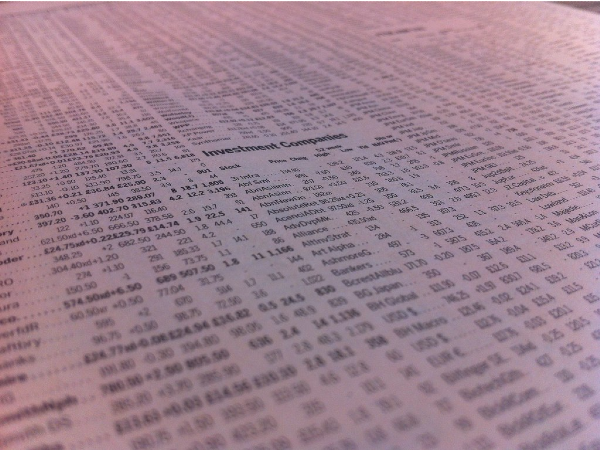



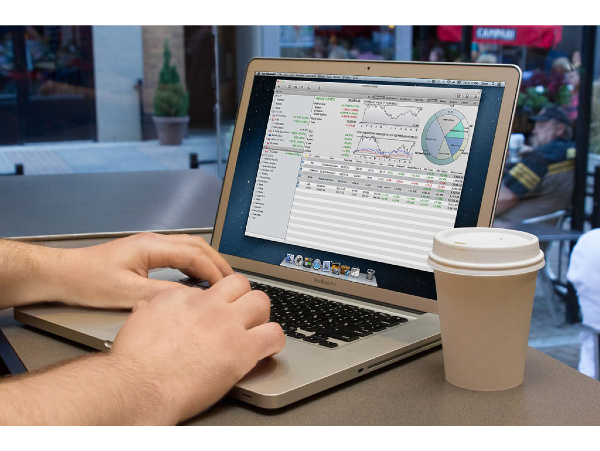

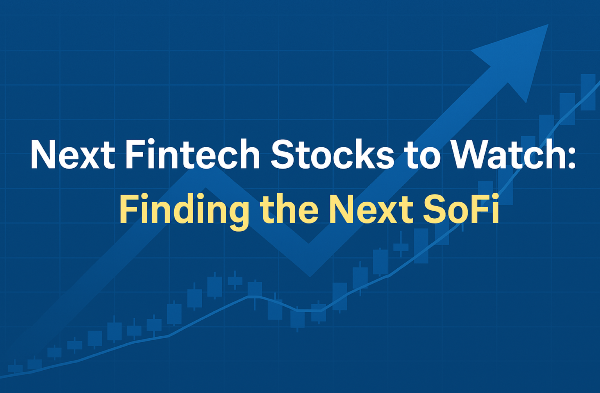
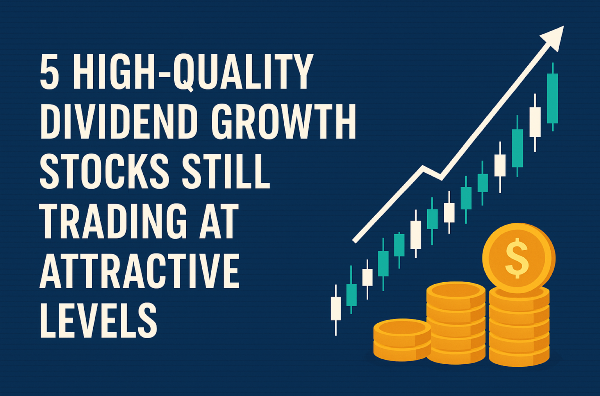

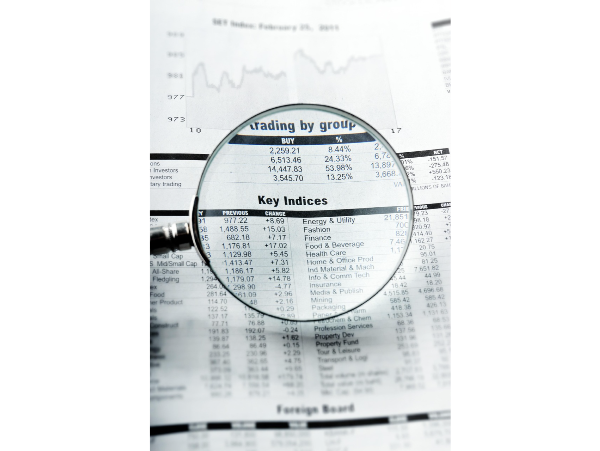





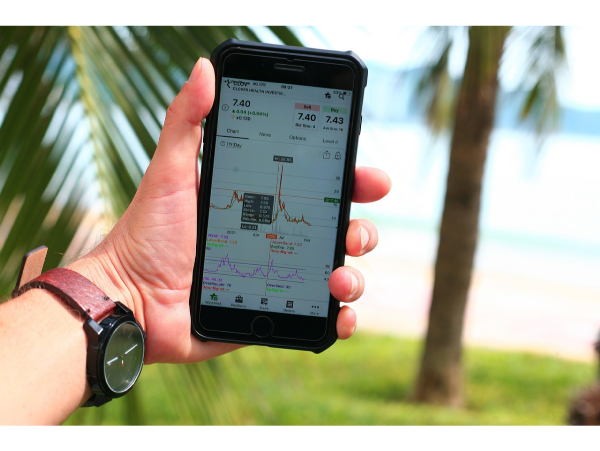

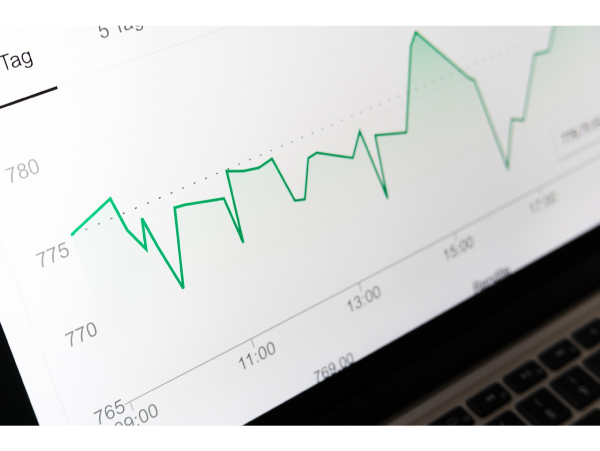




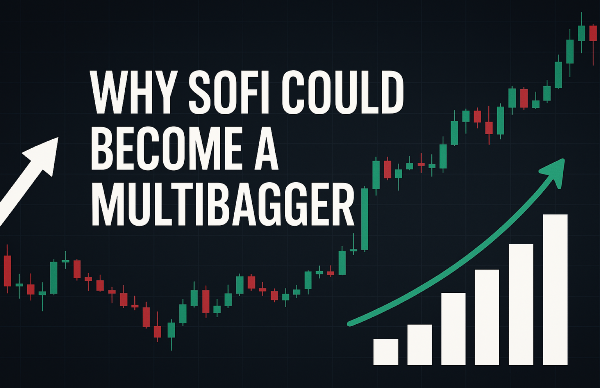








Introduction: Navigating Trade Winds with Small-Cap Stocks Global trade policies, from tariffs to trade agreements, are like shifting trade winds, steering the fortunes of small-cap stocks—agile companies valued between $300 million and $2 billion. In Q1 2025, a 15% U.S. tariff on Chinese goods caused a 10% dip in the Russell 2000, but resilient small-caps gained 8% (Yahoo Finance). With 70% domestic revenue but 20% exposure to global supply chains, small-caps feel trade shocks (J.P. Morgan). X posts in 2025 call them “trade trailblazers,” with $25B in strategic investments (Bloomberg). This trade navigator’s compass charts three ways trade policies impact small-caps, with fresh examples, 2025 data, and beginner-friendly strategies. Set your course—let’s sail to small-cap profits! Why Trade Policies Matter for Small-Caps Small-caps, tracked by the Russell 2000, are sensitive to trade policies due to their economic and operational structure: ● Supply Chain Exposure: 20% of small-caps rely on global inputs, vs. 35% for large-caps, making them vulnerable to tariffs (Nasdaq). ● Limited Resources: 50% lack the scale to absorb trade cost hikes, squeezing margins by 3–5% (Goldman Sachs). ● Domestic Focus: 70% U.S. revenue shields some small-caps but leaves export-driven firms at risk (Morningstar). In Q1 2025, small-caps with strong fundamentals outperformed the Russell 2000 by 7% amid trade tensions (Forbes). Let’s explore three key impacts. Impact 1: Tariffs – Headwinds That Batter Import-Dependent Small-Caps Tariffs, like fierce headwinds, raise costs for small-caps reliant on imported materials, hitting manufacturing and retail sectors hardest. In Q1 2025, a 15% tariff on Chinese goods caused a 14% drop in import-heavy small-caps, while domestic-focused peers fell 6% (Yahoo Finance). ● How It Works: Tariffs increase input costs for 25% of small-caps, cutting margins by 4%. Firms with weak FCF (<$10M) face sell-offs (J.P. Morgan). X posts warn of “tariff tempests.” ● Example: A $500M electronics small-cap importing $50M in components fell 18% from $9 to $7.40 in February 2025 post-tariff. You avoid it and buy Cal-Maine Foods (CALM), a $1.2B domestic staples small-cap with $150M FCF, at $76. It hits $82, netting $600 profit on 100 shares (Yahoo Finance). ● How to Navigate: ○ Screen for domestic-focused small-caps with FCF >$50M on Finviz (10 min). ○ Check supply chain exposure in 10-Qs on SEC.gov (15 min). ○ Buy 1–2 staples or healthcare small-caps ($500–$1,000), stop-loss 7% below, hold 6–18 months, target 8–12% gains. ○ Sell if new tariffs exceed 20% or VIX >25 (Zacks). ● Tip: Search X for “$CALM tariffs” to spot safe harbors—domestic focus dodges headwinds (Fidelity). Tariffs are your trade headwinds—steer toward domestic small-caps. Impact 2: Trade Agreements – Tailwinds That Lift Export-Driven Small-Caps Trade agreements, like favorable tailwinds, boost small-caps with export markets by reducing barriers and opening demand. In Q4 2024, a U.S.-Canada trade deal revision lifted export-focused small-caps 12%, while non-exporters gained 5% (Nasdaq). ● How It Works: Agreements like USMCA enhance market access for 15% of small-caps, boosting revenue 8–10%. High-growth firms (>15% revenue growth) see 15% stock gains (Morningstar). X posts highlight “trade treaty triumphs.” ● Example: A $600M retail small-cap with no exports grew 4%. You pivot to Kadant Inc. (KAI), a $1.8B industrials small-cap exporting $100M to Canada, buying 10 shares at $360. It hits $400 post-deal, netting $400 profit (Yahoo Finance). ● How to Navigate: ○ Screen for export-driven small-caps with >15% revenue growth on Yahoo Finance (10 min). ○ Verify export markets in 10-Qs on SEC.gov (15 min). ○ Buy 1–2 industrials or tech small-caps ($500–$1,000), stop-loss 7% below, hold 6–12 months, target 10–15% gains. ○ Sell if trade deals stall or RSI >70 (Benzinga). ● Tip: Check X for “$KAI exports” to find trade winners—exporters ride tailwinds (Schwab). Trade agreements are your tailwinds—sail with export-driven small-caps. Impact 3: Supply Chain Disruptions – Storms That Challenge High-Cost Small-Caps Trade policy shifts, like sanctions or export controls, disrupt supply chains, acting as storms that hit small-caps with high-cost structures. In Q1 2025, U.S. sanctions on Chinese tech caused a 16% drop in small-caps with Asian suppliers, while diversified peers gained 4% (Bloomberg). ● How It Works: Disruptions raise costs for 20% of small-caps reliant on single-source suppliers, reducing FCF by 5%. Firms with diversified chains fare better (Goldman Sachs). X posts flag “supply chain squalls.” ● Example: A $400M semiconductor small-cap with Chinese suppliers fell 20% from $8 to $6.40 in March 2025. You buy Northwest Bancshares (NWBI), a $1.4B financial small-cap with $40M FCF and no supply chain risk, at $13.80. It hits $15, netting $240 profit on 200 shares (Yahoo Finance). ● How to Navigate: ○ Screen for FCF >$20M and diversified supply chains on Finviz (10 min). ○ Confirm supplier diversity in 10-Qs on SEC.gov (15 min). ○ Buy 1–2 financial or staples small-caps ($500–$1,000), stop-loss 7% below, hold 6–12 months, target 8–12% gains. ○ Sell if sanctions expand or VIX >25 (Forbes). ● Tip: Search X for “$NWBI supply chain” to spot resilient picks—diversified chains weather storms (Nasdaq). Supply chain disruptions are your storms—anchor with low-risk small-caps. Your Trade Navigator’s Plan To chart small-caps through trade policies:
Kadant Inc. Export-driven, gains from trade deals Industrials Buy post-trade agreements https://finance.yahoo.com/quote/KAI
Northwest Bancshares No supply chain risk, stable in disruptions Financials Buy during sanctions https://finance.yahoo.com/quote/NWBI
Closing Thoughts: Chart Small-Cap Profits with Trade Policies Global trade policies shape small-caps with tariffs, agreements, and supply chain shifts, but stocks like CALM, KAI, and NWBI deliver 8–15% gains through domestic focus, export strength, and resilience. Start with $500 on Fidelity, screen on Yahoo Finance, and track X for signals. This isn’t just investing—it’s navigating the trade seas. Grab your compass, set your course, and sail to small-cap wealth!